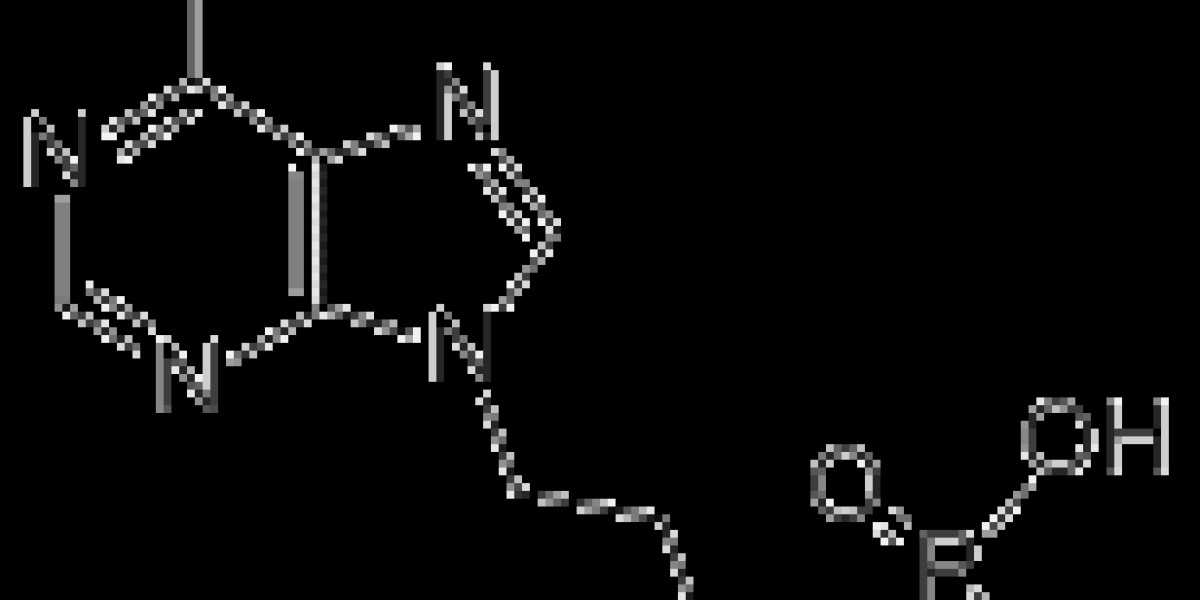How can chemical factories prevent fires?
Fire prevention in chemical factories requires multidimensional measures such as comprehensive control of hazards, standardized equipment management, strengthened operational safety, application of intelligent technology, and improvement of emergency systems. The specific strategy includes three major systems: source prevention, process control, and technical support, covering the entire process of factory planning, production equipment, personnel operation, and emergency plans.
Hazard source system control
Control of physical hazards.
Eliminate static electricity: All equipment shall be grounded for static electricity, and the grounding resistance value shall comply with the specifications;
Prevent collision and friction: designate a dedicated storage area for high-risk materials and use explosion-proof tools to load and unload sensitive chemicals;
Control high pressure of thermal energy: Install safety valves and rupture discs on pressure vessels, and equip high-temperature equipment with insulation layers and temperature monitoring.
Chemical hazard management.
When stored, classify according to flash point and toxicity, and control the environmental temperature and humidity (such as the temperature of the combustible gas warehouse not exceeding 28 ℃);
Maintain a distance of at least 30 meters between the storage area and the production area, and set up anti leakage cofferdams and diversion ditches.
Full cycle management of production equipment
Core measures and technical indicators in the management phase
The design and installation adopt intrinsic safety design (such as explosion-proof electrical appliances, double sealed valves), and the explosion-proof level of electrical equipment in explosive hazardous areas is ≥ Ex d Ⅱ BT4
Establish equipment health records for operation and maintenance, implement an online monitoring system with an annual inspection rate of 100% for pressure vessels, and monitor pipeline wall thickness at a frequency of ≥ once per quarter
Perform HAZOP analysis for maintenance updates and eliminate equipment that has exceeded its service life. The major overhaul cycle for important units should be ≤ 36 months
Standardization of operational safety
Management of hot work operations.
Implement the "Eight Steps": including disassembly and isolation, cleaning and replacement, gas detection (combustible gas concentration<0.2% LEL), etc;
Daily norms.
It is prohibited to bring non explosion proof electronic devices into the production area, and personnel working in the explosion proof area should wear anti-static clothing;
Establish a "three-level inspection" system (every 2 hours for the team, daily for the workshop, and weekly for the factory).







